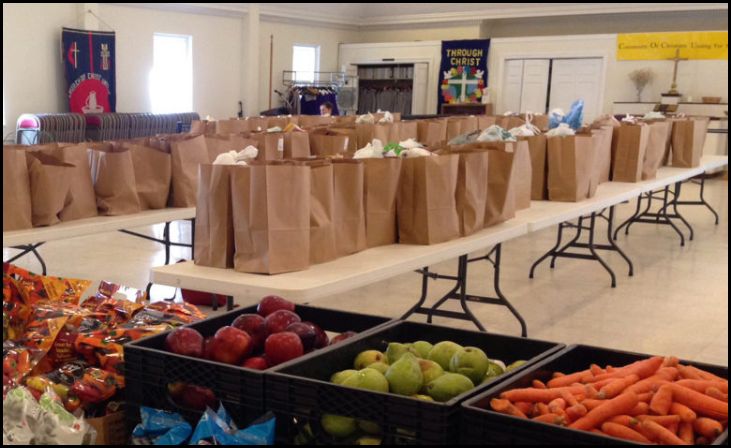In a world characterized by economic disparities, the spending habits of different socio-economic groups vary significantly. While the rich and middle class may indulge in luxury items and experiences, the poor often allocate their resources differently, focusing on essential services that are often overlooked. Here, we delve into seven services that poor people spend on that the rich and middle class don’t always prioritize.
1. Payday Loans and Check Cashing Services

For those living paycheck to paycheck, access to traditional banking services may be limited due to factors such as low credit scores or lack of documentation. As a result, they often turn to payday loans and check cashing services, which come with exorbitant fees and interest rates. While the wealthy and middle class have easier access to banking and credit facilities, the poor rely on these alternative financial services to meet their immediate cash needs.
2. Rent-to-Own Stores
Owning household items like furniture and appliances may seem like a luxury to some, but for many low-income individuals, it’s a necessity. Rent-to-own stores offer the option to pay for items in installments, making them accessible to those who cannot afford to buy outright. However, this convenience comes at a high price, with interest rates often far exceeding the item’s retail value. The wealthy and middle class may opt for purchasing items through conventional means or investing in higher-quality goods that last longer.
3. Public Transportation
While owning a car is considered a symbol of status and convenience for many, it remains out of reach for those struggling financially. Poor individuals often rely on public transportation to commute to work, run errands, and attend appointments. Unlike the affluent who may own multiple vehicles or utilize ride-sharing services, the poor allocate a significant portion of their income to bus fares and subway tickets.
4. Alternative Healthcare Options

Access to quality healthcare is a fundamental right, yet many low-income individuals face barriers such as high insurance premiums and limited coverage. As a result, they often turn to alternative healthcare options such as community clinics, free health fairs, and home remedies. Unlike the rich and middle class, who can afford comprehensive health insurance plans and specialized medical care, the poor must navigate a complex healthcare system with limited resources.
5. Prepaid Cell Phone Plans
In today’s digital age, having a cell phone is essential for communication, job searches, and accessing vital services. However, for those on a tight budget, traditional cell phone plans with lengthy contracts and credit checks may be unattainable. Prepaid cell phone plans offer a more accessible alternative, allowing individuals to pay for services upfront without the need for a credit check. While the affluent may splurge on the latest smartphone models and unlimited data plans, the poor prioritize affordability and flexibility.
6. Pawn Shops
When faced with financial emergencies, such as unexpected medical bills or car repairs, the poor often turn to pawn shops as a source of quick cash. These establishments accept personal belongings as collateral for short-term loans, providing an alternative to traditional lending institutions. While the wealthy and middle class may have access to emergency savings or lines of credit, the poor rely on pawn shops to meet their immediate financial needs.
7. Food Assistance Programs

Access to nutritious food is a basic necessity, yet many low-income individuals struggle to afford groceries on a regular basis. Food assistance programs such as food banks, SNAP (Supplemental Nutrition Assistance Program), and WIC (Women, Infants, and Children) play a crucial role in providing essential sustenance to those in need. Unlike the rich and middle class, who may dine out regularly and purchase gourmet ingredients, the poor rely on these programs to put food on the table for themselves and their families.
In conclusion, the spending habits of poor individuals are often shaped by necessity rather than choice. While the wealthy and middle class may prioritize luxury and convenience, the poor allocate their resources towards essential services that address immediate needs and provide a lifeline in times of crisis. Understanding these disparities is crucial for addressing systemic inequalities and advocating for policies that promote financial inclusion and social justice.






